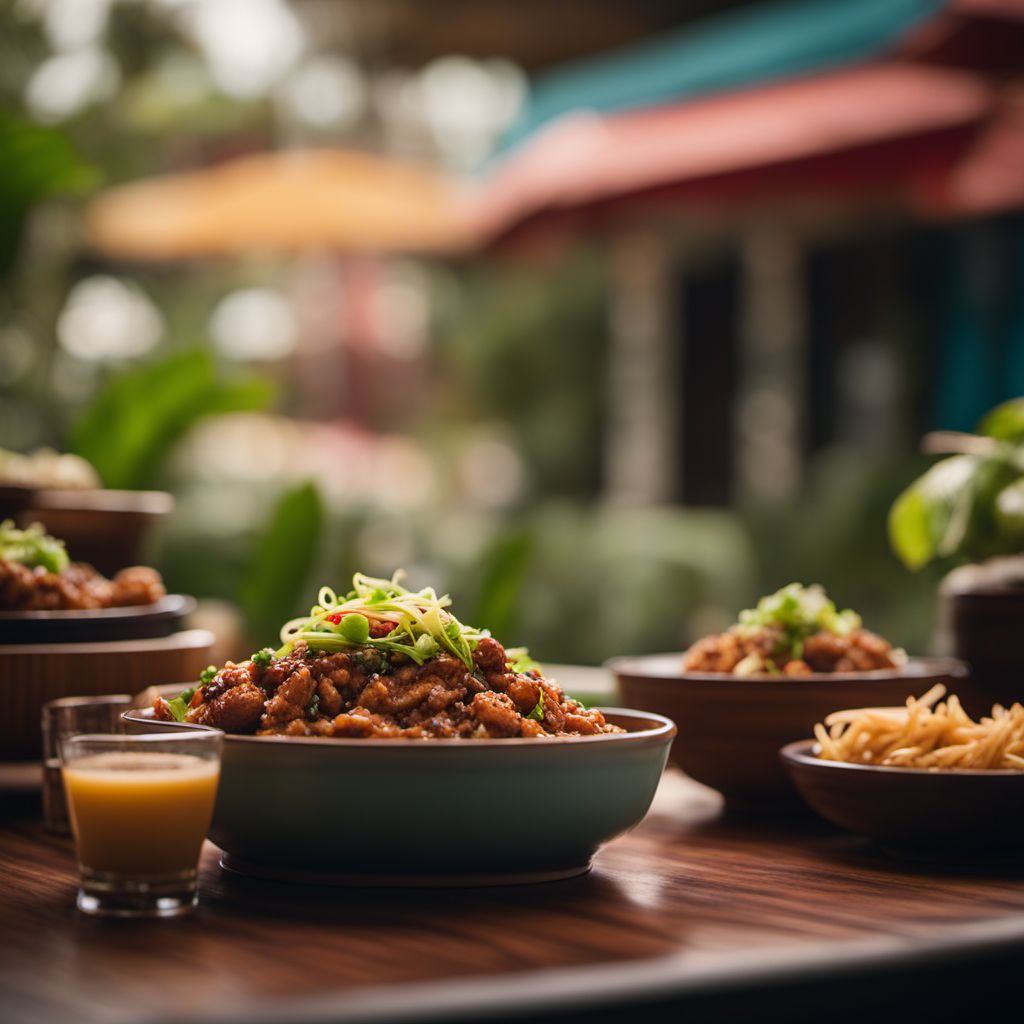
Cuisine
Guamanian cuisine
Guamanian cuisine is heavily influenced by the island's history and culture. The Spanish introduced ingredients such as pork, chicken, and citrus fruits, while the Filipinos brought rice and soy sauce. The Chamorro people, the indigenous people of Guam, contributed their own unique flavors and cooking techniques. The result is a cuisine that is both familiar and exotic. Guamanian dishes are often spicy, sour, and salty, and are typically served with rice.
Typical ingredients
Coconut milk, Soy sauce, Vinegar, Annatto seeds, Chicken, Pork, Fish, Shrimp, Taro, Breadfruit, Sweet potato, Banana, Papaya, Mango, Lime
Presentation and garnishing
Guamanian dishes are often served family-style, with large platters of food placed in the center of the table. Garnishes such as sliced green onions and chopped cilantro are common.
The national dish of Guam is kelaguen, a spicy chicken or seafood salad that is marinated in lemon juice and coconut milk.
More cuisines from this region...
Palauan cuisine, Mariana Islands cuisine, Marshallese cuisine, Nauruan cuisine
History
Guam has a long history of colonization, beginning with the Spanish in the 16th century. The island was later occupied by the Japanese during World War II, before being liberated by the United States. This history is reflected in the island's cuisine, which has been shaped by a variety of cultural influences.
Cultural significance
Food is an important part of Guamanian culture, and is often served at celebrations and gatherings. Many traditional dishes are associated with specific events, such as fiestas and weddings.
Health benefits and considerations
Many Guamanian dishes are high in fat and sodium, and may not be suitable for those with certain health conditions. However, the cuisine also features a variety of fresh fruits and vegetables, and seafood is a good source of protein and omega-3 fatty acids.
Guamanian cuisine dishes
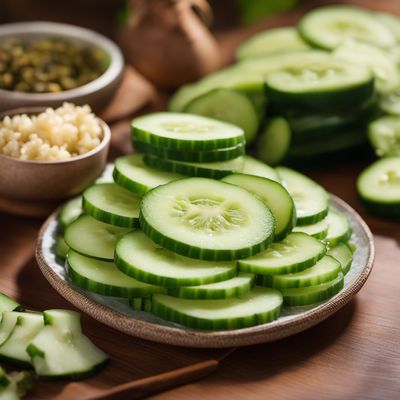
Chamorro Cucumber Slices
Chamorro Cucumber Slices is a simple and refreshing dish that is perfect for hot summer days. This dish is made with sliced cucumbers, vinegar, and a variety of spices that...

Månha Pie
Coconut Pie
Månha Pie is a traditional dessert from Guam. It is a sweet and creamy pie that is perfect for any occasion. The pie is made with coconut milk, cornstarch, and sugar. It is a...
Guamanian cuisine recipes Browse all »
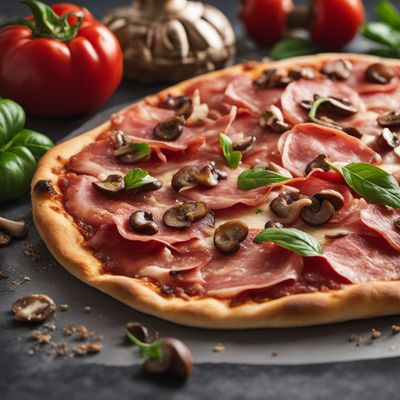
Guamanian-style Prosciutto and Mushroom Pizza
Savory Island Delight: Guamanian Prosciutto and Mushroom Pizza

Månha Pie with Coconut Cream Topping
Tropical Delight: Guamanian Månha Pie
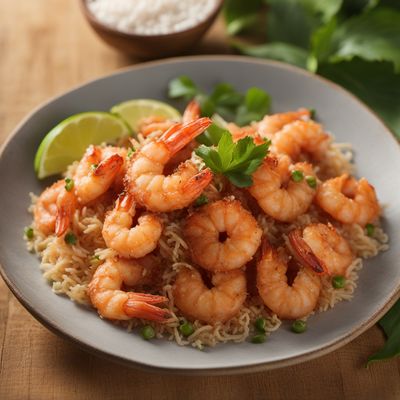
Guamanian-Style Coconut Shrimp
Tropical Delight: Guamanian-Style Coconut Shrimp
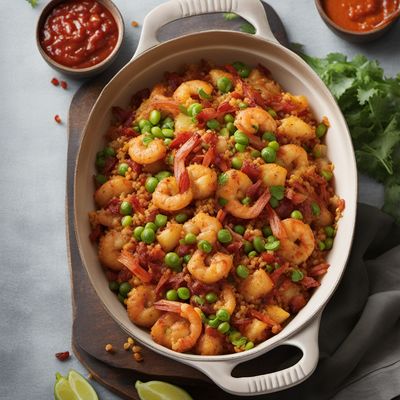
Guamanian-style Loaded Baked Potatoes
Pacific Island Delight: Guamanian Kumpir
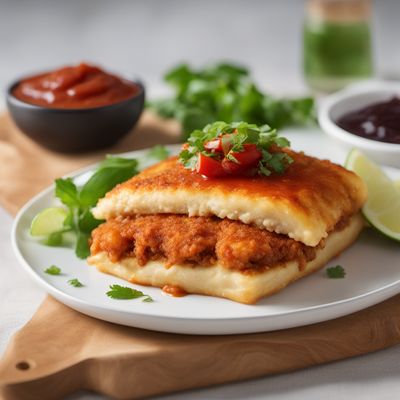
Guamanian-style Parmo
Savory Guamanian Parmo Delight
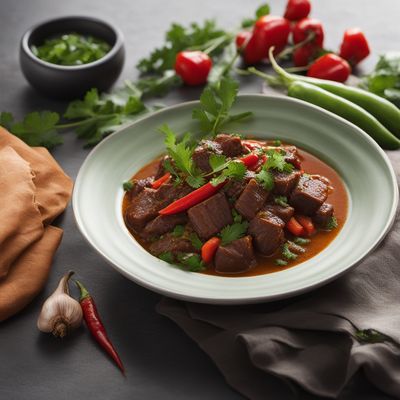
Guamanian Qarta with a Twist
Spicy Coconut Beef Stew - Guamanian Style
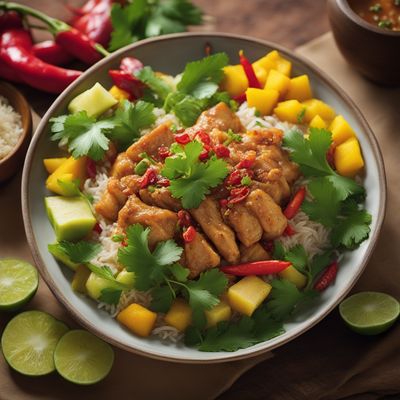
Guamanian-style Amareta
Tropical Delight: Guamanian-style Amareta

Guamanian-style Sweet Plantain Rolls
Tropical Delight: Guamanian Sweet Plantain Rolls

Guamanian Coconut Custard Delights
Coconut-infused Custard Gems: A Taste of Guamanian Delight

Guamanian-inspired Halve Hahn
Savory Grilled Chicken Sandwich with a Tropical Twist
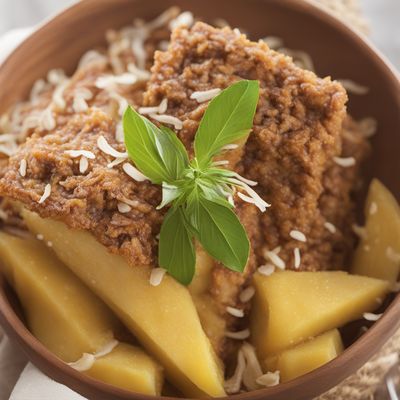
Baci di Pantelleria - Guamanian Style
Tropical Delight: Guamanian Baci di Pantelleria
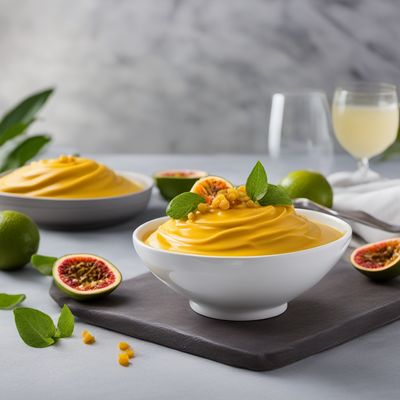
Guamanian Passion Fruit Mousse
Tropical Delight: Guamanian Passion Fruit Mousse